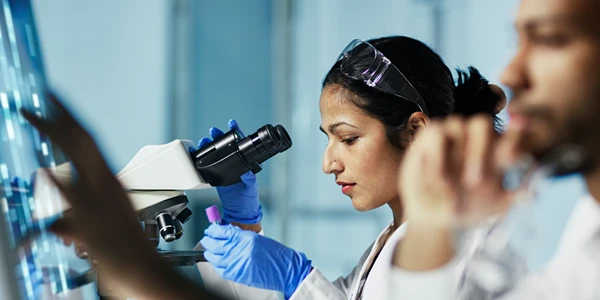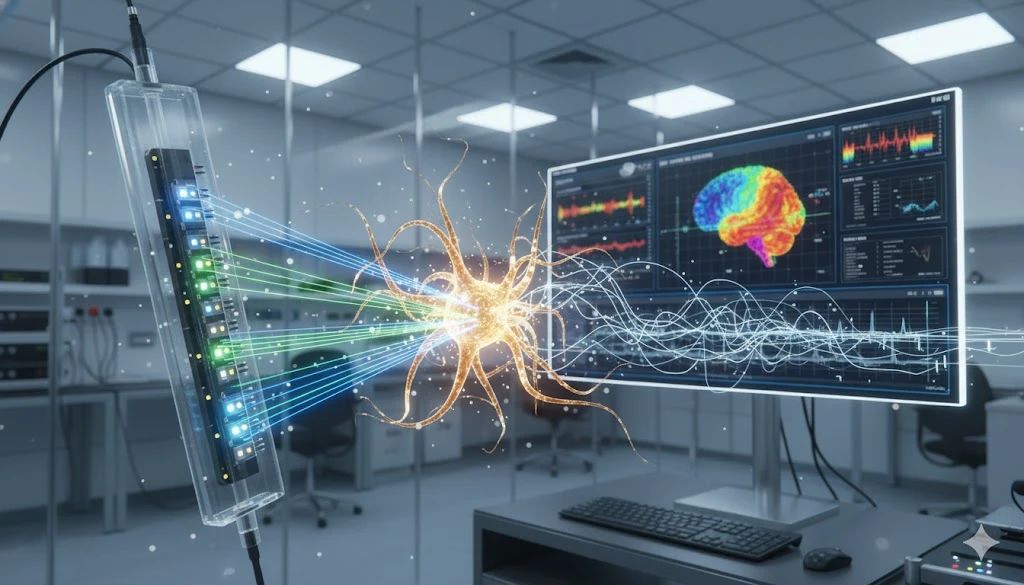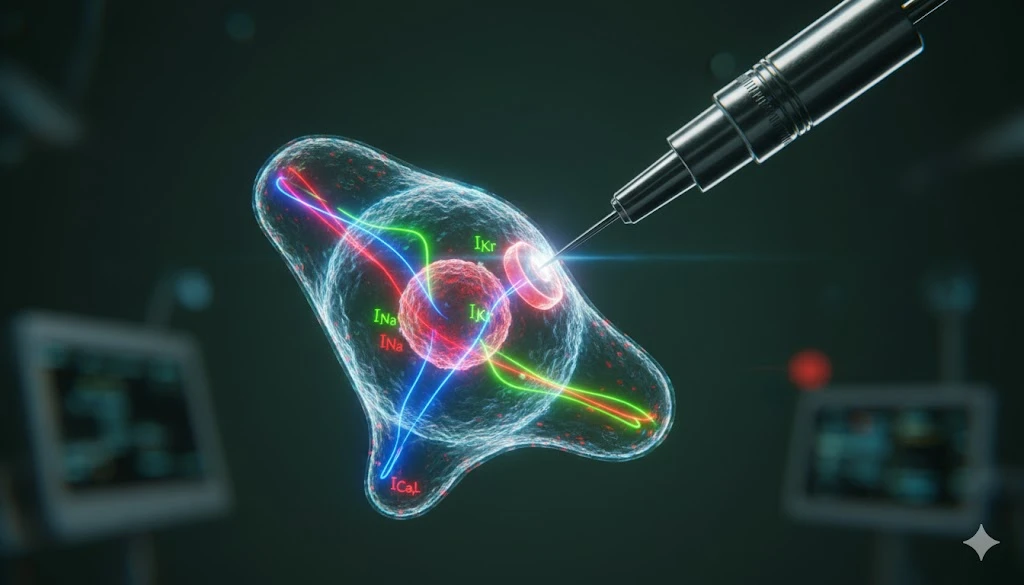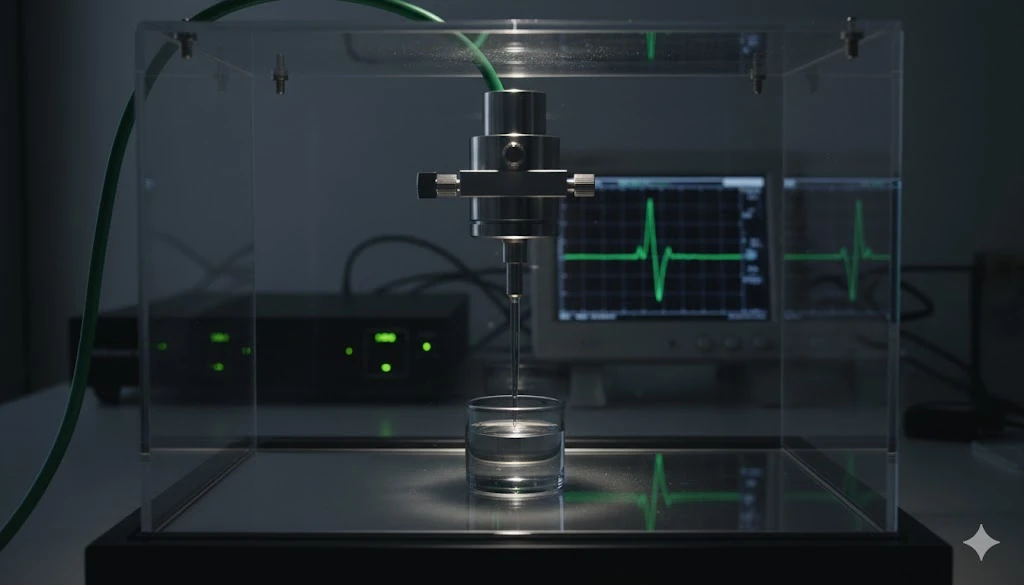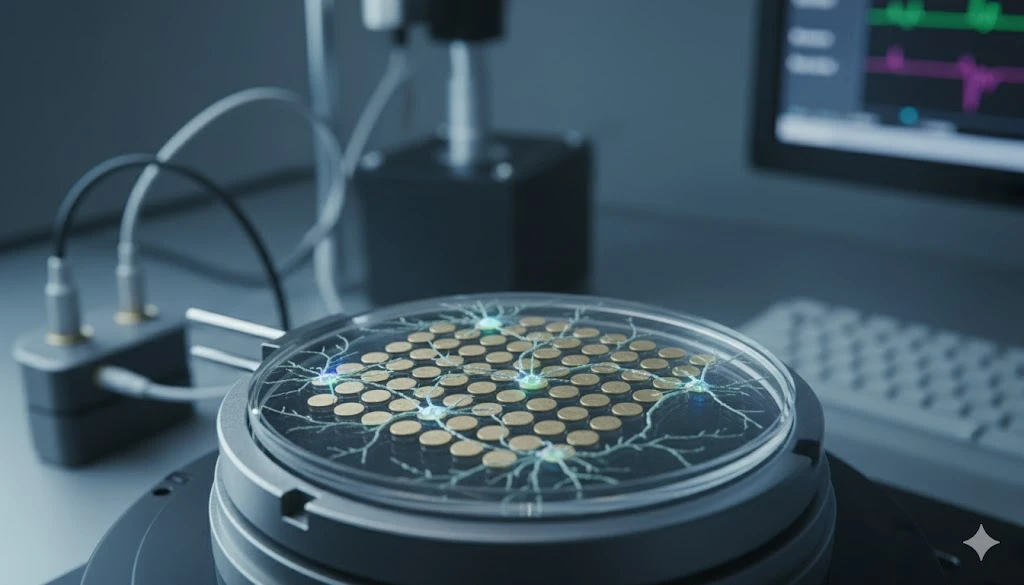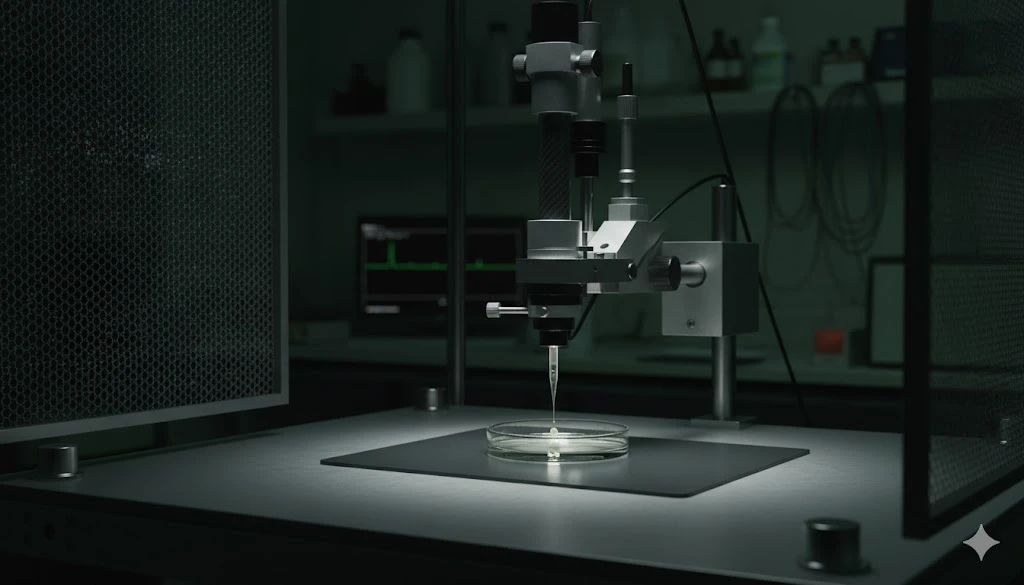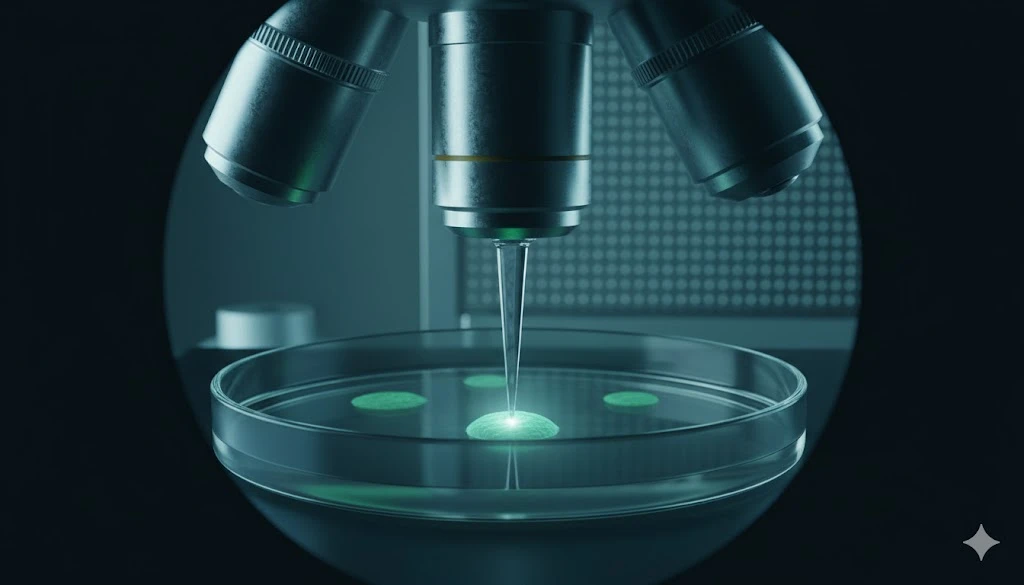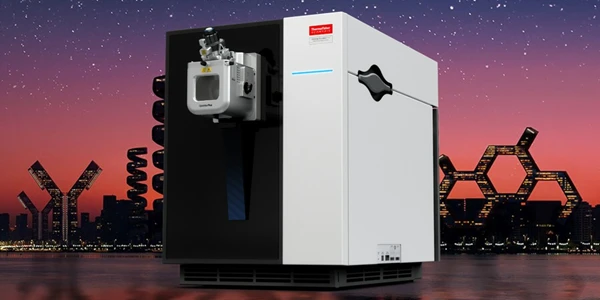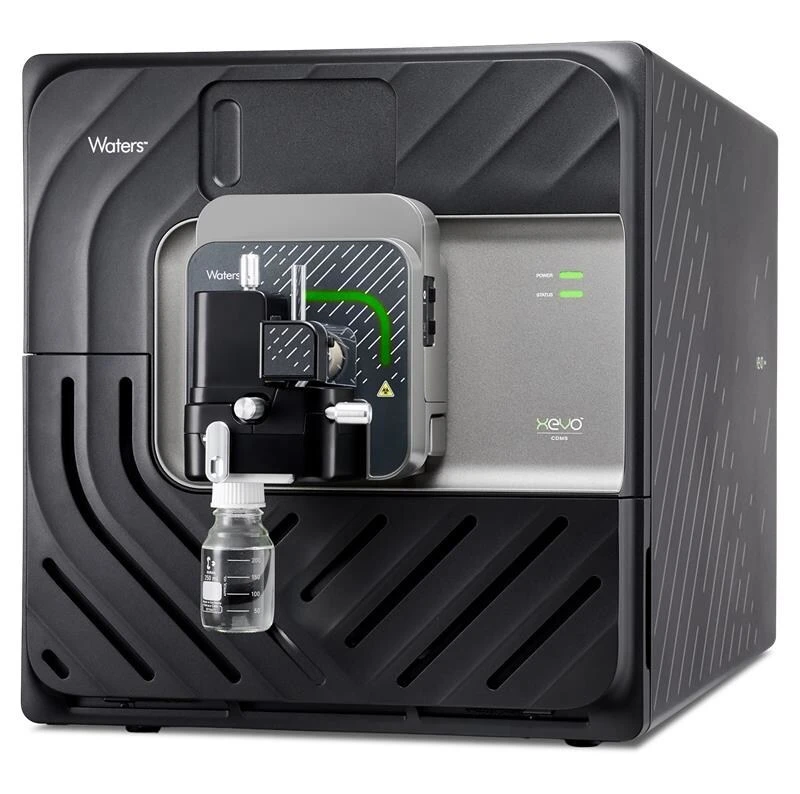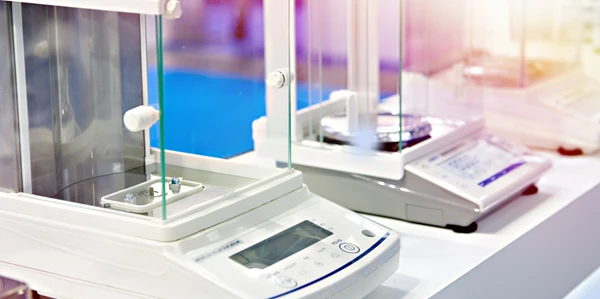Software as an Essential Driver for qPCR Performance
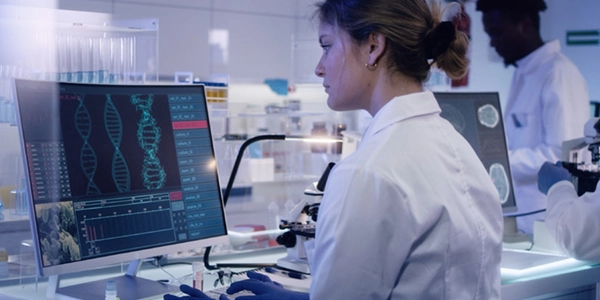
1. Real-Time Data Acquisition and Precision Control
During amplification, the qPCR software continuously monitors fluorescence signals emitted from each reaction well. These data streams must be precisely synchronized with the instrument’s temperature cycling profile. Without this real-time integration between hardware and software, qPCR would lose much of its analytical precision and reliability.
2. Advanced Data Analysis and Quantitation
Raw fluorescence data only become meaningful through computational interpretation. Software converts intensity readings into quantitative results using mathematical models such as baseline subtraction, threshold cycle (Ct) calculation, and standard curve regression. Many modern platforms integrate machine-learning algorithms to automatically detect outliers and recommend corrections, improving both reproducibility and throughput.
3. Data Integrity, Compliance, and Traceability
In regulated environments such as clinical and biopharmaceutical laboratories, qPCR software plays a critical role in maintaining data integrity and regulatory compliance. Software-driven compliance management reduces manual documentation burdens and ensures that results stand up to regulatory scrutiny.
4. Workflow Automation and Experiment Design
Modern qPCR software simplifies complex experimental setup through intuitive graphical interfaces and automation tools. By minimizing manual input, software reduces variability between users and enhances reproducibility across runs and laboratories.
5. Data Visualization and Reporting
Effective visualization is central to interpreting qPCR results. This capability allows scientists to easily communicate findings, validate results, and make informed decisions—whether in research, manufacturing, or diagnostics.
6. Connectivity and Multi-Instrument Integration
In modern laboratories, qPCR instruments rarely operate in isolation. Software enables networked instrument management and centralized data aggregation. These digital ecosystems not only boost productivity but also align with the growing emphasis on data standardization and laboratory digitalization.
7. The Future: AI and Predictive Analytics
Emerging qPCR software platforms are incorporating AI-powered predictive modeling to further improve reliability and throughput. Such innovations will make qPCR not just faster, but smarter—enabling researchers and clinicians to extract maximum value from every experiment.
